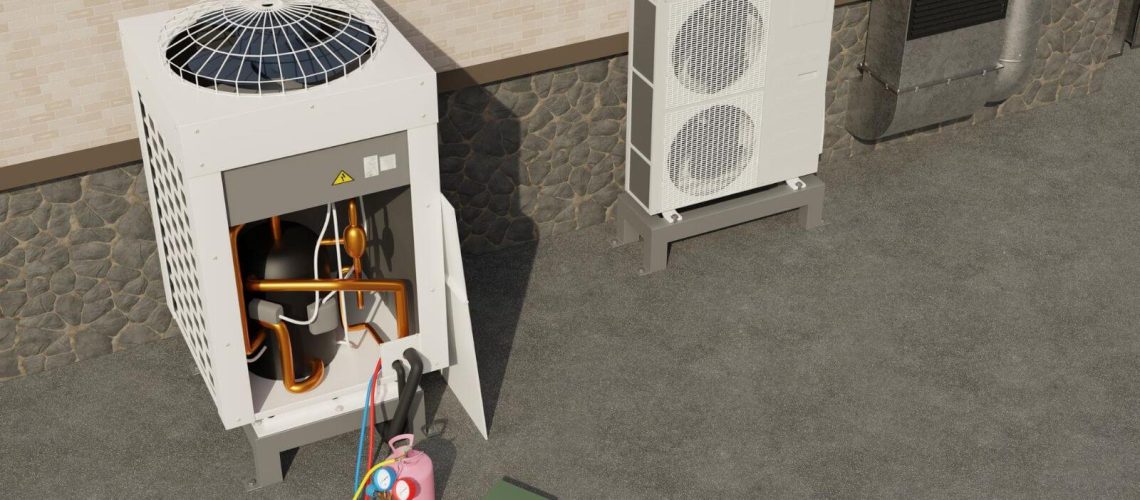Imagine arriving home on a sweltering summer day, only to discover that your air conditioner is blowing warm air. Desperation sets in as you realize the importance of a properly functioning AC. The culprit? A refrigerant leak.

Image: goheronow.com
Refrigerant, the lifeblood of air conditioners, absorbs heat and releases it outside, effectively cooling your home. Too little refrigerant, however, compromises cooling efficiency, leading to discomfort, higher energy bills, and potential system damage. Determining the optimal refrigerant level is crucial for AC health and efficiency.
Understanding Refrigerant Capacity
Refrigerant capacity, measured in British Thermal Units (BTUs), determines the cooling power of an AC unit. Each system has a specific refrigerant charge, which is the amount of refrigerant it requires to operate at peak efficiency.
Overcharging (adding too much refrigerant) can damage the compressor and other components, while undercharging (too little refrigerant) reduces cooling capacity and strains the system.
Assessing Refrigerant Levels
Monitoring refrigerant levels is essential for ensuring proper AC performance. The following signs indicate a potential leak:
- Reduced cooling capacity or prolonged run times
- Frozen coils or excessive ice formation
li>Unusual noises, such as gurgling or hissing
If you suspect a leak, contact a qualified HVAC technician for a comprehensive inspection and leak repair.
Determining the Correct Amount
Determining the correct refrigerant charge for your AC unit involves careful calculations.
1. Check the Manufacturer’s Data: The manufacturer’s manual or product label often specifies the recommended refrigerant charge for your specific AC model.
2. Calculate the Room Size and Insulation: The square footage of the room being cooled and the level of insulation affect the required refrigerant capacity.
3. Consider the Heat Load: External factors such as sun exposure, number of occupants, and appliance use contribute to the heat load, which impacts refrigerant demand.
4. Use a Superheat/Subcooling Meter: Trained technicians use specialized equipment to measure superheat and subcooling, which provide insights into refrigerant levels and system efficiency.

Image: fixhahn77.z19.web.core.windows.net
Expert Insights and Practical Tips
According to HVAC industry expert James Foster, “Ignoring refrigerant levels can have severe consequences for AC performance and energy consumption. Regular monitoring and timely refrigerant recharge, as recommended by qualified technicians, ensure optimal system performance and longevity.”
Practical Tips:
- Schedule regular AC maintenance by a certified technician, including refrigerant level inspection.
- Monitor AC performance for signs of refrigerant loss, such as reduced cooling capacity or unusual noises.
- In case of a suspected leak, do not attempt to recharge the refrigerant yourself. Contact an HVAC professional for safe and effective repair.
How To Know How Much Refrigerant To Add
Conclusion
Understanding how to know how much refrigerant to add is crucial for maintaining a comfortable and energy-efficient home. By following the steps outlined in this article, you can ensure that your AC unit operates at its optimal capacity, saving you hassle, money, and discomfort in the long run.
Remember, refrigerant handling requires specialized knowledge and skills. Always consult a qualified HVAC technician for accurate refrigerant determination and safe system maintenance.